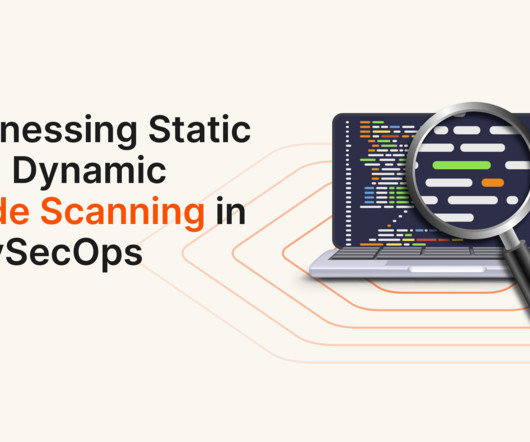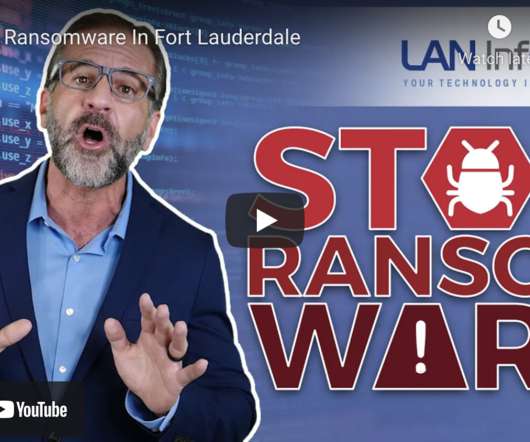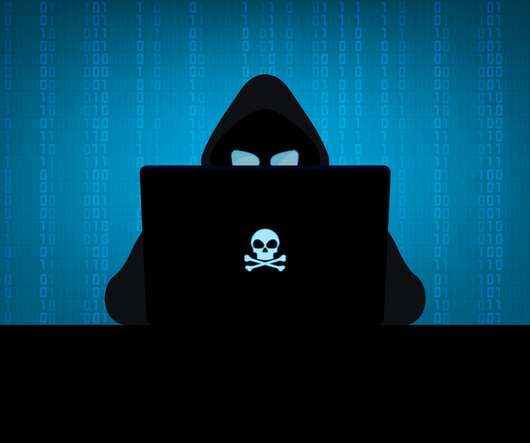Guest Post: Cybersecurity Incidents Lead to New Standards, Requirements
Security Industry Association
DECEMBER 13, 2023
The two most significant recent incidents in the cybersecurity timeline were the Mirai botnet of 2016 and the SolarWinds breach of 2020. The SolarWinds Breach In 2020, SolarWinds Corporation was at the center of what Microsoft President Brad Smith described as “the largest and most sophisticated attack the world has ever seen.”













Let's personalize your content